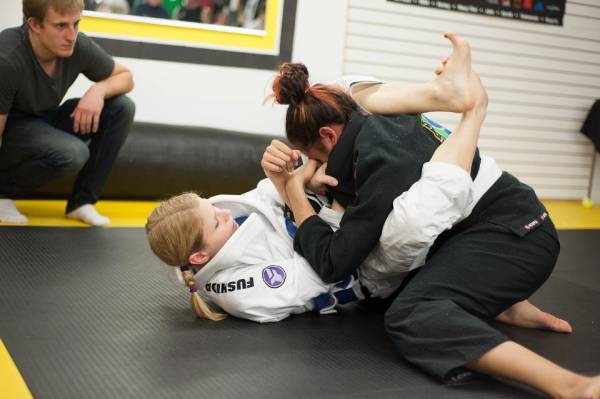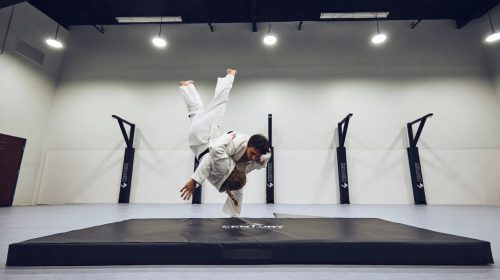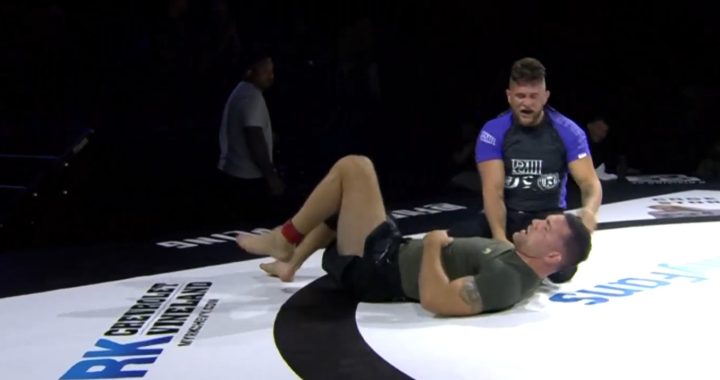
BJJ beginners guide: How to train safely and properly
The transition from regular life to a jiu jitsu practitioners life is an exciting one. With many positive reasons to begin practising this martial art.
Such as;
– Learning how to protect yourself, and your loved ones
– Being involved in a community of interesting people
– Learning how to move your body better
– Getting into better shape
– Develop confidence
– So many others
That being said, there isn’t a clear guideline on how to safely and properly prepare yourself for this new hobby. But a few principals stand out.
Tap early, tap often
I can’t stress this one enough. The entire fate of your BJJ career depends on the way you approach tapping. Tapping out when you feel in danger is not being weakness. Instead it is keeping you safe in a dangerous martial art, it provides a learning experience and it ensures that you will be able to train again tomorrow. Any black belt has likely been tapped out over ten thousand times in their BJJ careers. The only reason they are now a black belt, is because of the times they tapped out, and learned a lesson of what not to do next time. The main reason people have a hard time tapping, is pride. But your pride will not prevent your elbow from snapping if you don’t tap to an arm bar. And being tough will not prevent you from being choked unconscious. Not every roll is life and death, tournament day is competition day. Any other time is simply just training. So save yourself the injuries, time in the hospital and overall embarrassment, and just tap.
Be selective with your training partners
In a room where a Jiu Jitsu class is being taught, there will be people from all walks of life. And the vast majority of them will be relaxed, interesting, polite and respectful. Most people are safe to train with, but like with anything in life there will be exceptions. Sometimes there will also be Hot heads in the gym who feel the need to dominate everyone who isn’t as skilled as them. They allow their own ego to take the reins of their training sessions and get in the way of their own development. These people can be dangerous to train with because they don’t have your safety as their first priority. They are focused on winning the match, not focused on making sure you will be okay by the end of it. These people can be hard to spot at times, but they are out there.Use your own judgement to decide if certain people are better off avoided. It isn’t being a coward, it’s looking out for your own personal safety. Another type of person who could be risky to train with at times, is other new people. New people have not yet been involved long enough to develop their own techniques and skills. So they roll with anything that they know how to do, which is most often all of their strength. This can be especially risky if they find themselves in a submission opportunity. They may get excited and put on a joint lock too hard, not giving you a chance to tap can result in injury every quickly. And you will be off the mats for weeks.The best advice I could give to a new person starting out jiu jitsu, is to roll as often as you can with people who are blue belt or higher. You will be safer with them because they are aware of when you are in a dangerous position. They have had enough mat time to know when a submission is there, and should know how to apply it safely.
Make time for weight training
Although life is busy, and training in BJJ a few times a week will be very taxing on the body (especially at the start), one cannot neglect the importance of weight training, or some sort of strength and conditioning. The reason for this is not to look great at the beach, but to keep your body strong and prevent injury from occurring. Weight training helps to keep your joints and tendons strong. Your body will adapt to the stress that Jiu Jitsu puts on it, but it will never become immune to it. There is a high chance that doing Jiu Jitsu for the long term will result in minor injuries here and there, but the possibility of a major surgery can be prevented from having a coat of armour that only weight training can provide. Now, for the average person who has many obligations and responsibilities pulling at their time, it can be hard to make time for both. But it is not necessary to be hitting the gym every single day for hours on end, that would be nothing but detrimental to your growth. Balancing 3 weight training sessions a week along with consistent Jiu Jitsu classes is more realistic. This will result in a stronger body, a healthier life, and less injuries along your Jiu Jitsu journey.
Make sure you have the right equipment
Depending on whether you’re practicing with gi or no gi BJJ you’ll have to ensure that you have the best equipment and uniforms for your needs. If you’re looking for a high quality gi then check out Hayabusa. Having a comfortable and durable gi will keep your skin protected and comfortable during training and competition. Along with this, if you plan on competing in BJJ competitions then you’ll need to be sure that your gi is IBJJF approved so that you can compete in any IBJJF sanctioned event.
Author Bio : Pat works for NogiBjjgear.com and she loves to write on Bjj and No Gi BJJ gears.


























